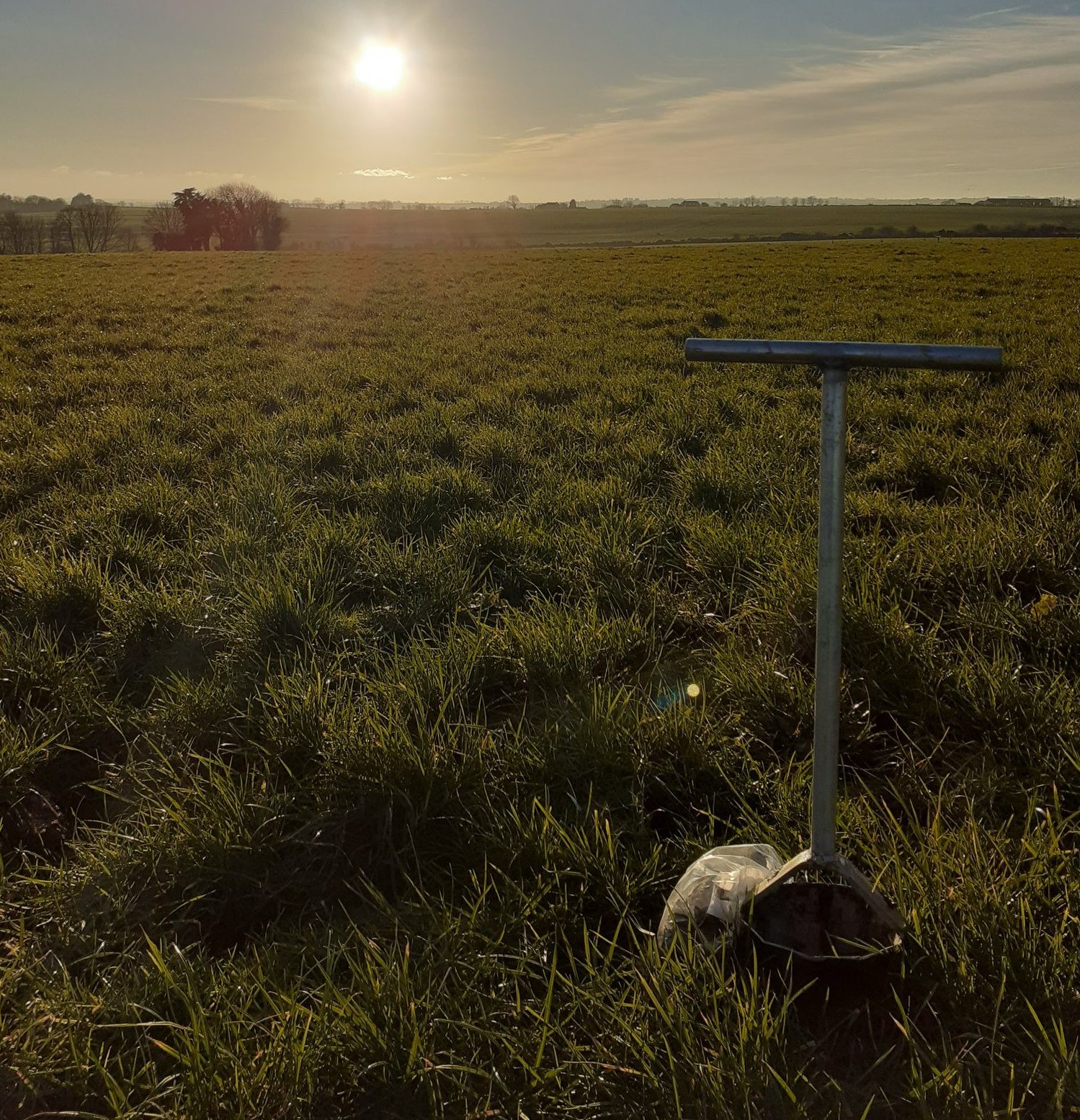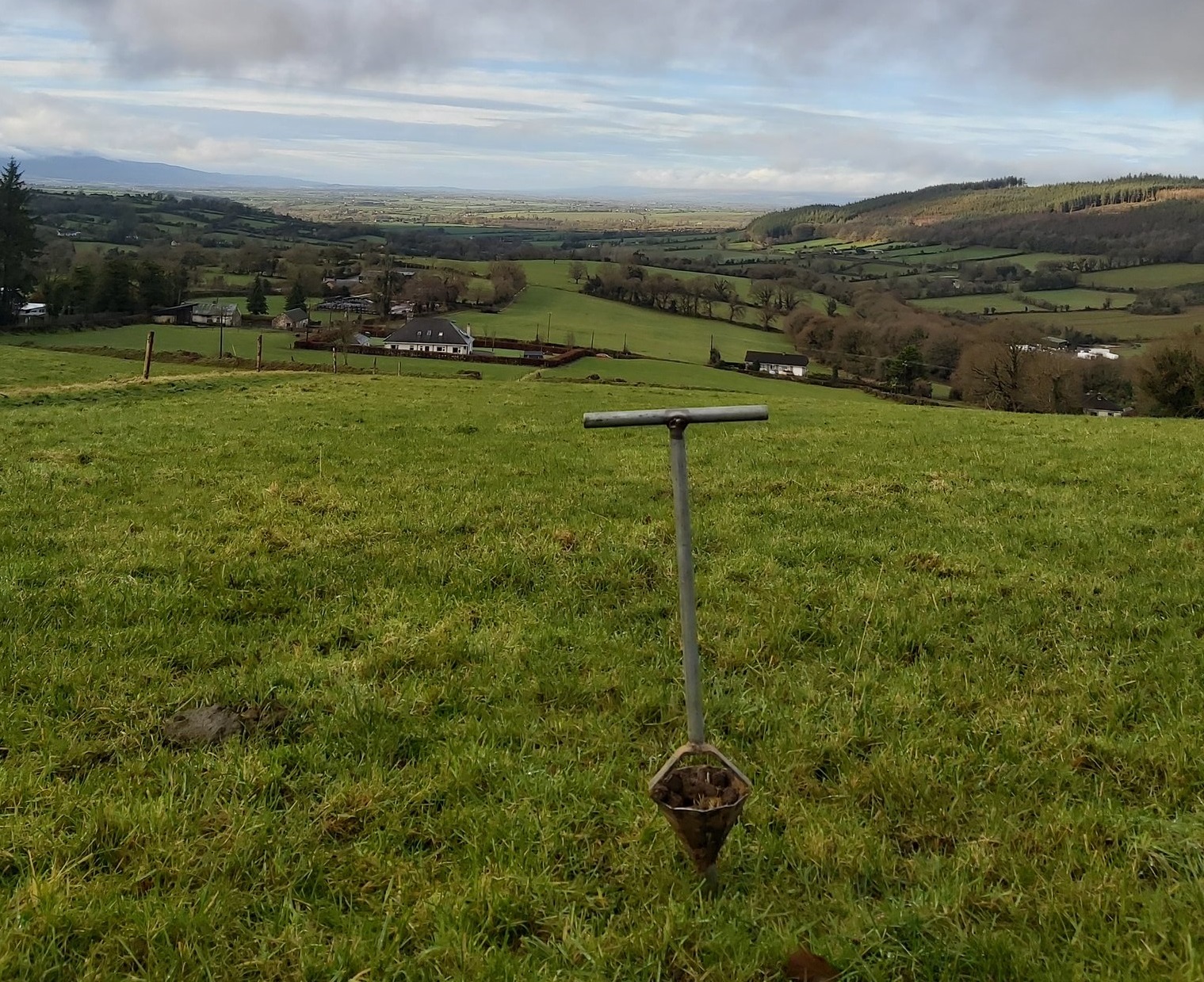The Grassland Agro Soil Sustainability Programme is designed to help Irish farmers address the sustainability challenges facing the industry by improving soil health.
The three pillars to achieving a healthy soil are at the forefront of the Grassland Soil Sustainability Programme.
Four steps to the Grassland Agro Soil Sustainability Programme include:
- Soil fertility;
- Soil structure;
- Soil biology;
- Grass quality.
National soil fertility statistics of Irish dairy farms show that 41% are suboptimal in pH, 48 % are suboptimal in phosphorus (P) and 41% are suboptimal in potassium (K). Each pillar has considerable influence on soil health, farm performance and farm profitability.
Irish agriculture has come under immense pressure in recent times in our commitment to reduce greenhouse gas and ammonia emissions as part of the EU Green Deal and the national climate action plan. The soil sustainability programme developed by Grassland Agro aims at improving soil health, and the efficiency of applied nutrients and farm production and profitability.
Key actions of national climate action plan:
- By 2030, reduce the use of chemical nitrogen by 20%;
- By 2023, ban the use of urea (replace with protected urea);
- Deliver nutrient management plans to farmers and ensure better use of soil and nutrient management planning;
- Implement a national liming programme;
- Support the use of non-chemical fertilisers (bio-based fertilisers and soil conditioners);
- By 2027, 90% of all slurry spread using low emission slurry spreading (LESS) technology.
Chemical (soil fertility)
The first step of the programme is to develop a comprehensive and farmer-friendly fertiliser plan which is simple to follow and easy to implement.
Grassland Agro’s technical agronomy team will soil sample your farm, interpret soil sample test results and develop a bespoke fertiliser and liming programme to improve soil fertility status on your farm.
Soil type, field use, stocking rate and offtakes are among the factors considered when developing farm specific fertiliser plans. As outlined by David Corbett, improvements in nutrient use efficiency can be made by addressing soil fertility deficits and correcting soil pH.
It is important for farmers to note that recent soil sample results can be used to develop custom-made fertiliser plans, or alternatively soil sampling can be arranged for farmers. In order to facilitate the adoption of clover into our grass swards we need to improve soil fertility.
Also Read: Sustainability: Developing a bespoke fertiliser plan to suit your farmSoil structure (physical)
The second step of the programme is to assess soil physical structure on farm. This is carried out using the Grass VESS (Visual Estimation Soil Structure) methodology.
In the past five years, there has been an increase of approximately 400,000 dairy cows in Ireland. As a result, agricultural land has experienced increased stocking rates and traffic from livestock and machinery due to intensification.
A healthy soil structure is essential for the provision and regulation of nutrients, air and water, three essential elements for plant growth. Surveys of Irish grassland soils have identified that soil structure is a challenge, and it is very important to diagnose any potential problem before deciding on remedial action.
Optimum soil structure provides numerous benefits from an agronomic perspective but also an environmental perspective, including:
- Supports root development and acts as an anchor and nutrient supply for plants;
- Dictates the quantities of nutrients made available to plants;
- Purifies water as it filters through the soil;
- Influences the storage and cycling of carbon;
- Influences the population of the largest biological habitat on earth.
Soil biology
The third step is to conduct the Grassland Agro soil biological activity test. This is a key component of the programme, indicating soil biological activity and the stock of nitrogen in a soil.
In conjunction to the nutrients applied in chemical fertiliser, slurry and recycled from livestock excretion, there are a large amount of nutrients supplied from the soil organic carbon.
Microorganisms in the soil release enzymes that convert unavailable nutrients in the soil organic carbon into plant available nutrients. This process is known as mineralisation.
Microorganisms provide plants with nutrients and plants provide microorganisms with an energy source in the form of carbon, both working simultaneously. This test provides an indication of a particular soil to supply nitrogen based on its biological activity.
Grass quality
The fourth component of the programme is monitoring and measuring grass quality for grazing and silage production.
The reliance on imported protein is a challenge to the Irish livestock sector and it is important grassland management is improved to ensure better grass utilisation, feeding quality and farm production
For silage production, grass measurement and preharvest sampling of sugars and nitrates will be carried out to improve silage quality in terms of protein, dry matter digestibility (DMD) and energy. It is important that we exploit our resilient grass-based, low input system as global food supply comes under increased pressure.
Irish dairy production is strides ahead of its EU partners in terms of efficient production of human edible protein. Research carried out by Teagasc suggests that for every 1kg of imported human edible protein consumed, the average dairy cow produces 4.92kg of human edible protein in return, highlighting the importance of improving grass and silage quality.
“Safeguarding the ability of Irish farmers to grow grass and crops with reduced nitrogen inputs is essential to future proof Irish agriculture. The Grassland Agro Soil Sustainability Programme is designed to help farmers achieve this,” David Corbett commented.
The first step in the process is to get recent up-to-date soil samples. Sign up to the programme by contacting your local Grassland Agro agronomist or clicking here



